SIGNIFICANCE
click the – or + signs to hide or show text. use the hovering left and right arrows to advance slides or use the play button on the bottom left side for a slideshow of the work in the exhibition
SIGNIFICANCE – Duncan Oja
June- July 2014
“Yes, at this time, everything becomes image, and the essence of the image is to be entirely outside, without intimacy, and yet more inaccessible and mysterious than the innermost thought; without signification, but summoning the profundity of every possible meaning; unrevealed and yet manifest, having that presence-absence that constitutes the attraction and the fascination of the Sirens.”
-Maurice Blanchot
I have always been drawn to signage, especially road signs and billboards, images and words jutting out of the passing landscape. In “significance,” ignoring their specific messages, the signs became symbolic of the general link they create between the physical world in front of the camera and the invisible world of language and concept; metaphors for metaphor. The project became about severing that link, subverting the signs’ only purpose, looking at them in a way that hides their intended message and makes them only objects, signifiers without their signified, monuments of absence. From behind we see the signs as things in themselves; their abstract message replaced by form. A photograph, like a sign, creates a link between the physical world and an imaginative, metaphoric one. More like the backs of signs than the fronts, the meaning of my photographs is ambiguous, they are intended to stand alone outside of any conceptual framework, as the signs become only objects and find a place in the landscape.
Duncan was born in West Virginia and raised in Northern California. He has been taking pictures for longer than he can remember. He received his B.A. in photography from Bard College in 2011. Since graduating, Duncan has exhibited throughout New York City, and in the upstate area where he lives and works. Duncan’s work focuses on the landscape of the American West, and the aesthetic and culture of its roads. He is drawn to the liminal spaces that they create and the people who pass through them. Though usually about people, his photographs are less often of them. He is more interested in the structures and spaces we create, inhabit, and leave behind.




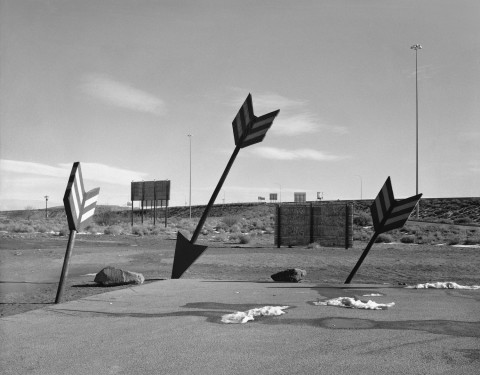
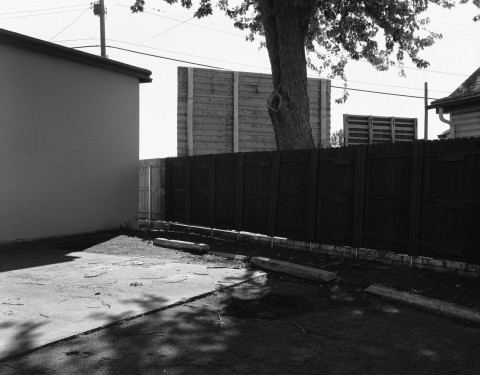
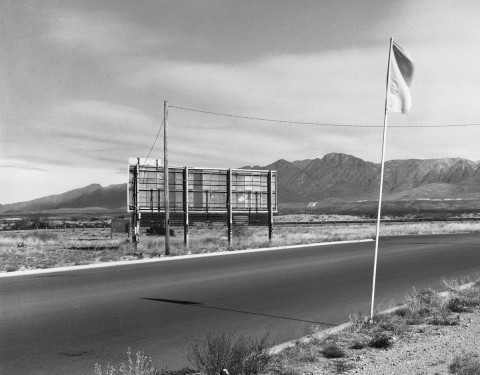
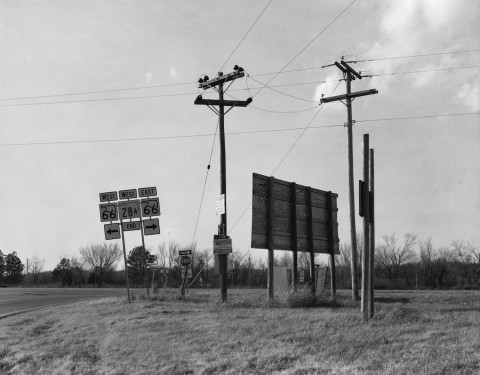
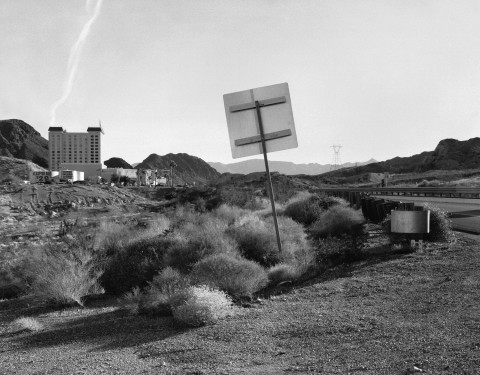
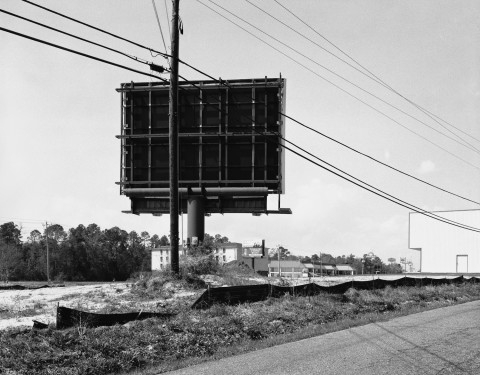
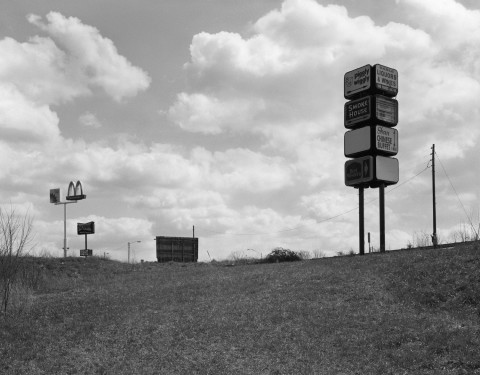
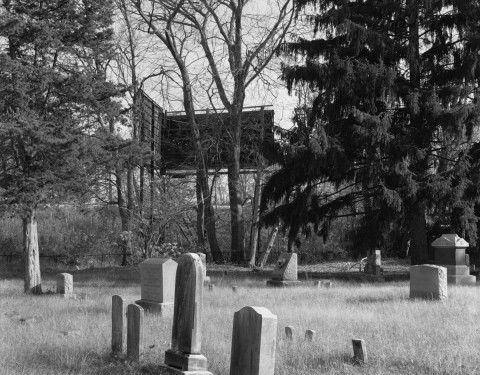
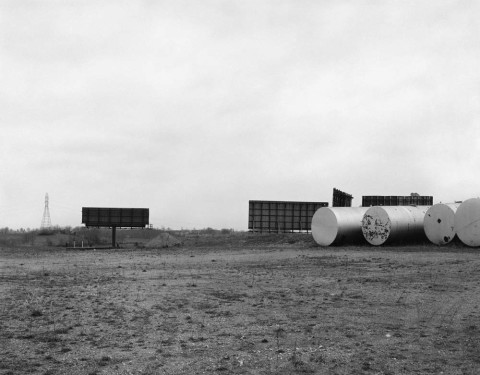
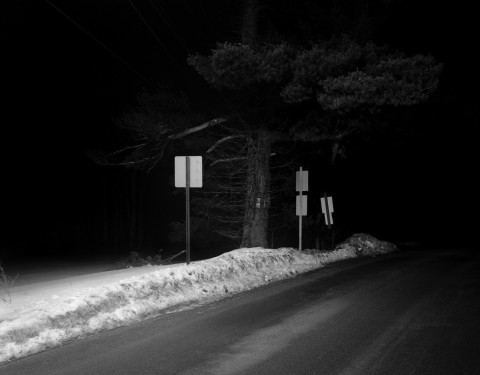
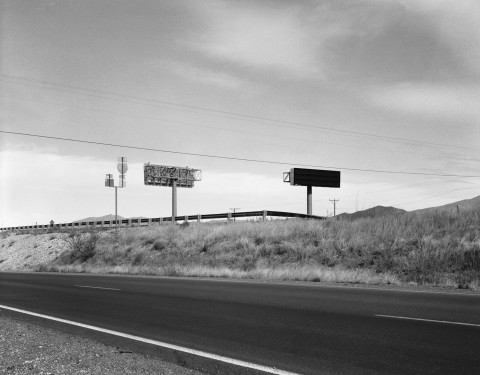
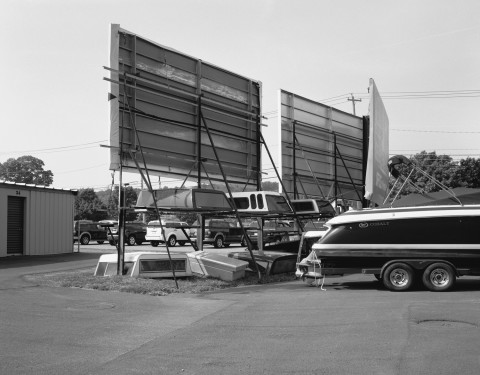
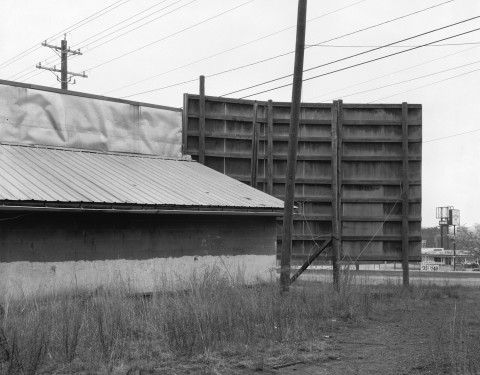
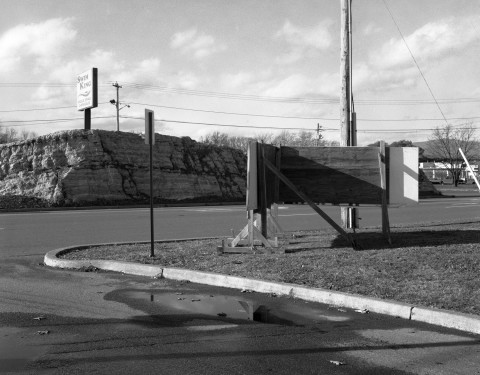
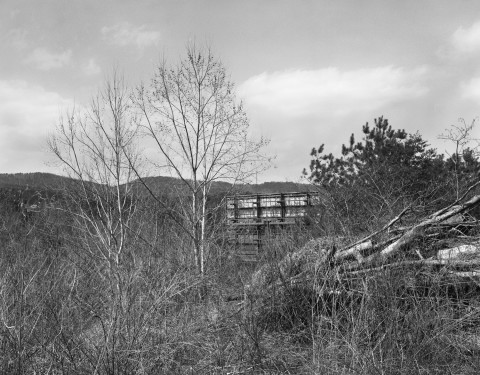
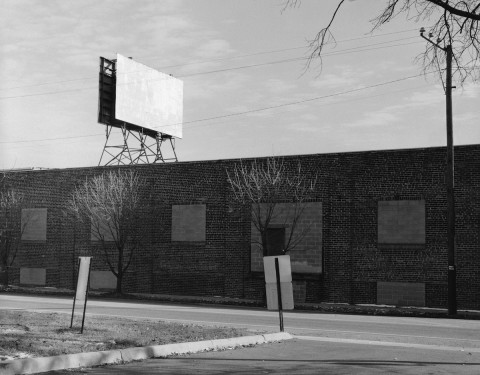
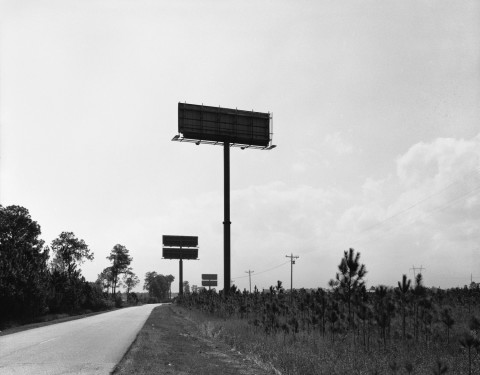
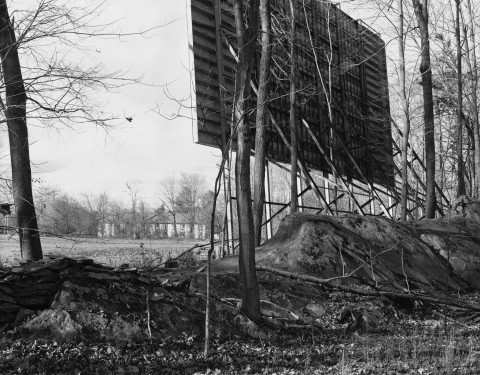
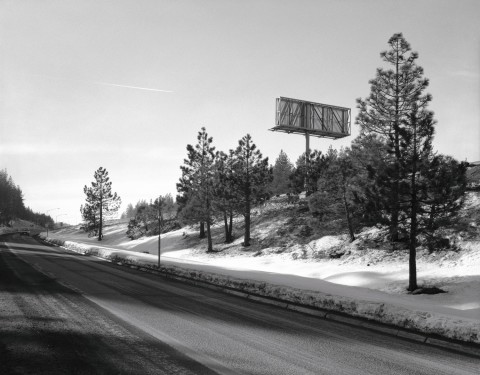
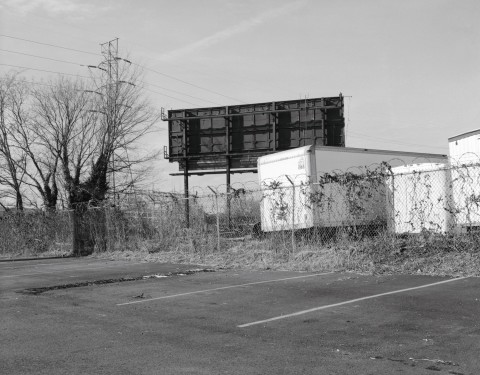
Submit a Comment